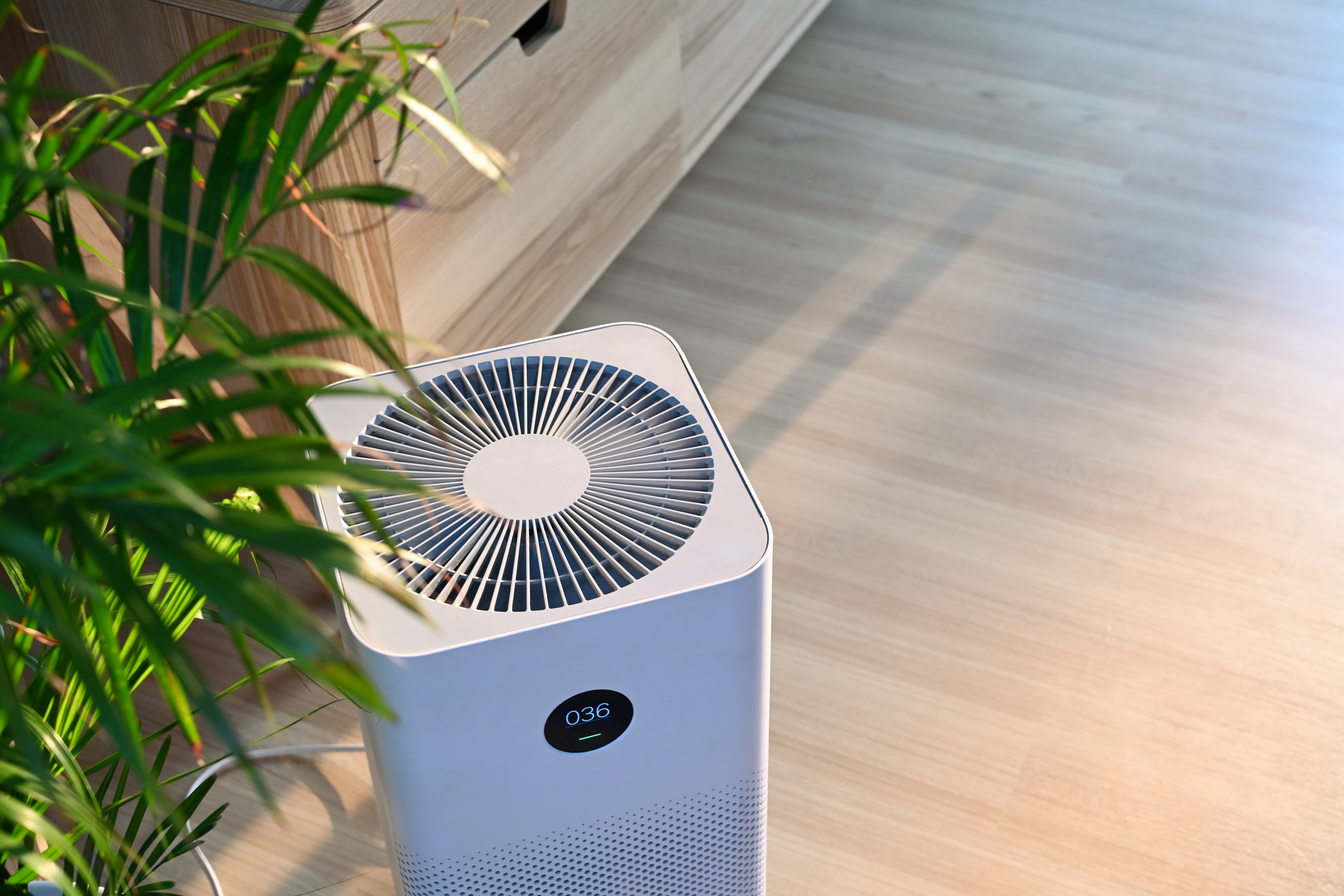Indoor Air Quality
Whether upgrading or installing a new system, GEM can help!

Why Indoor Air Quality Matters
Do you have pets in your home, suffer from allergies or asthma, or experience dry throat/skin/eyes? Your home may benefit from a ventilation system to improve your air quality.
Poor indoor air quality has been shown to impact many health conditions, such as eye, nose, and throat irritation, frequent headaches, and fatigue. After years of repeated exposure, air contaminants can have very serious long-term effects.
According to the U.S. Environmental Protection Agency, indoor air quality can be four to five times worse than outdoor air quality! Replacing polluted air with fresh air is very important when it comes to keeping your family healthy in your home.
Ventilation systems exchange stale indoor air for fresh outdoor air. These systems automatically control and balance the exchange of indoor and outdoor air, and unlike opening a window, they minimize wasted energy from your HVAC.
Call (833) 222-2953 to learn more about indoor air quality services.
Questions?
Basic Ways to Improve Indoor Air Quality:
- Open windows and doors to help remove polluted air and introduce fresh air for free
- Use attic fans, window fans, or window air conditioners with the vent control open
- Operate kitchen and bathroom exhaust fans that vent outside – these help remove local contaminants, but they don’t bring new air in, so you may need to open a window to let in some fresh air
- Install a semi-controlled ventilation system that uses existing ducts to bring in outdoor air and an exhaust fan to remove indoor pollutants
- You can put semi-controlled ventilation in your basement or utility closet, where household chemicals are often stored

Get Pre-Approved Financing
More Advanced, Permanent Ventilation Solutions Include:
Installing filters on your air intake
More info
Filters help control contaminants that would otherwise recirculate through the home
If you suffer from severe allergies or asthma, we recommend changing the filters in your HVAC system as often as every two months
Preconditioning with a heat recovery ventilator
More info
A heat recovery ventilator uses heat exchangers to transfer 60-80% of the temperature from the outgoing air to heat or cool incoming fresh air
The incoming and outgoing air flow through different sides of the ventilator, which mixes the temperature without mixing the air itself.
Add a booster fan to your kitchen or bathroom
More info
Booster fans are small, separately switched fans that can control the moisture and heat that come from cooking and showering.
They remove odors and pollutants quickly.
